The Mississippi River does not follow a static path (or at least it didn't before it was engineered to follow the same path). With floods, the alluvial plain of the river, changes course, creating oxbows and loops, islands, and straightaways. Erosion is a natural phenomenon.
However, the wakes from speed boats can increase erosion by truly mindblowing amounts. For instance, boating for an hour at 20 mph erodes 50 square feet (Boatwakes.org). The waves caused by boats can be as large as storm-induced waves, but have a much greater effect due to the increased number of boats on the water, and their proximity to shore (WI DNR, 2000). This erosion causes the water to be more turbid, making shoreline habitat less desirable for many fish species. This turbidity also makes it more difficult for submerged plants to have enough light for photosynthesis. This decreases the dissolved oxygen in the water, making it less desirable for fish to breathe in. Controlling such erosion can be very costly for those who depend on the riverbanks for recreation (fishing, swimming, etc), or those who have buildings on this type of property.
However, the wakes from speed boats can increase erosion by truly mindblowing amounts. For instance, boating for an hour at 20 mph erodes 50 square feet (Boatwakes.org). The waves caused by boats can be as large as storm-induced waves, but have a much greater effect due to the increased number of boats on the water, and their proximity to shore (WI DNR, 2000). This erosion causes the water to be more turbid, making shoreline habitat less desirable for many fish species. This turbidity also makes it more difficult for submerged plants to have enough light for photosynthesis. This decreases the dissolved oxygen in the water, making it less desirable for fish to breathe in. Controlling such erosion can be very costly for those who depend on the riverbanks for recreation (fishing, swimming, etc), or those who have buildings on this type of property.
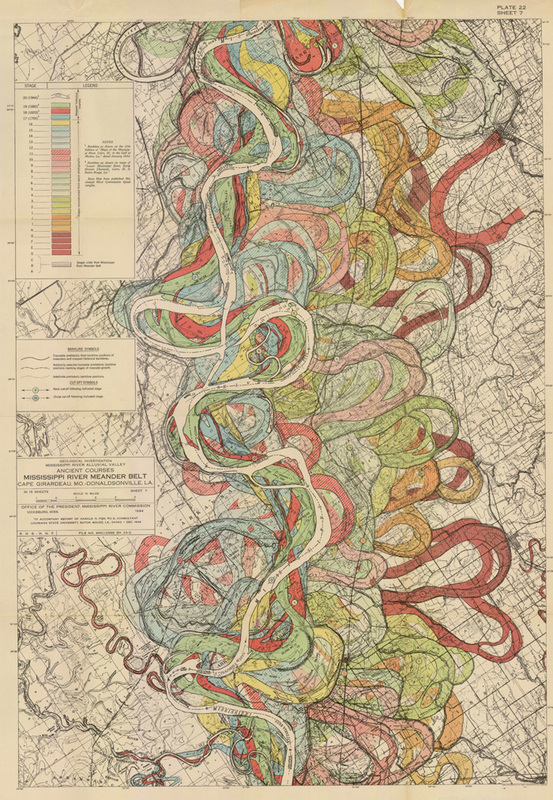
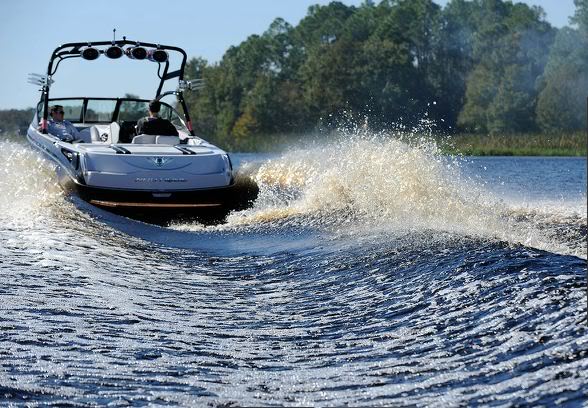
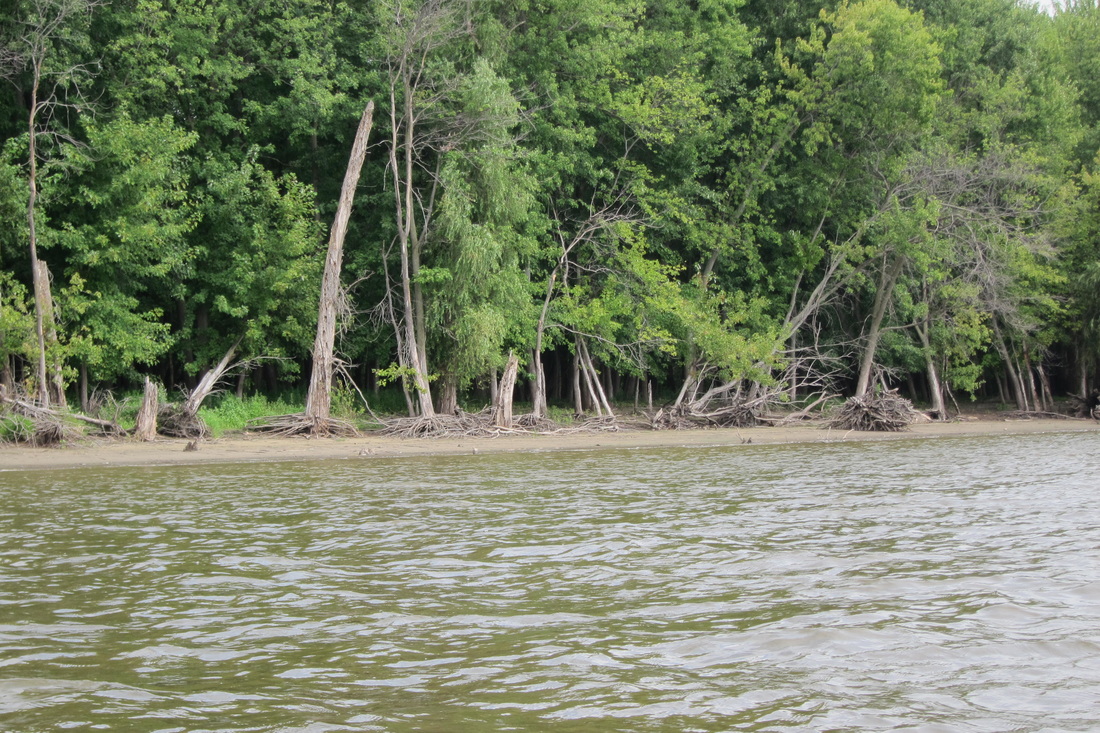
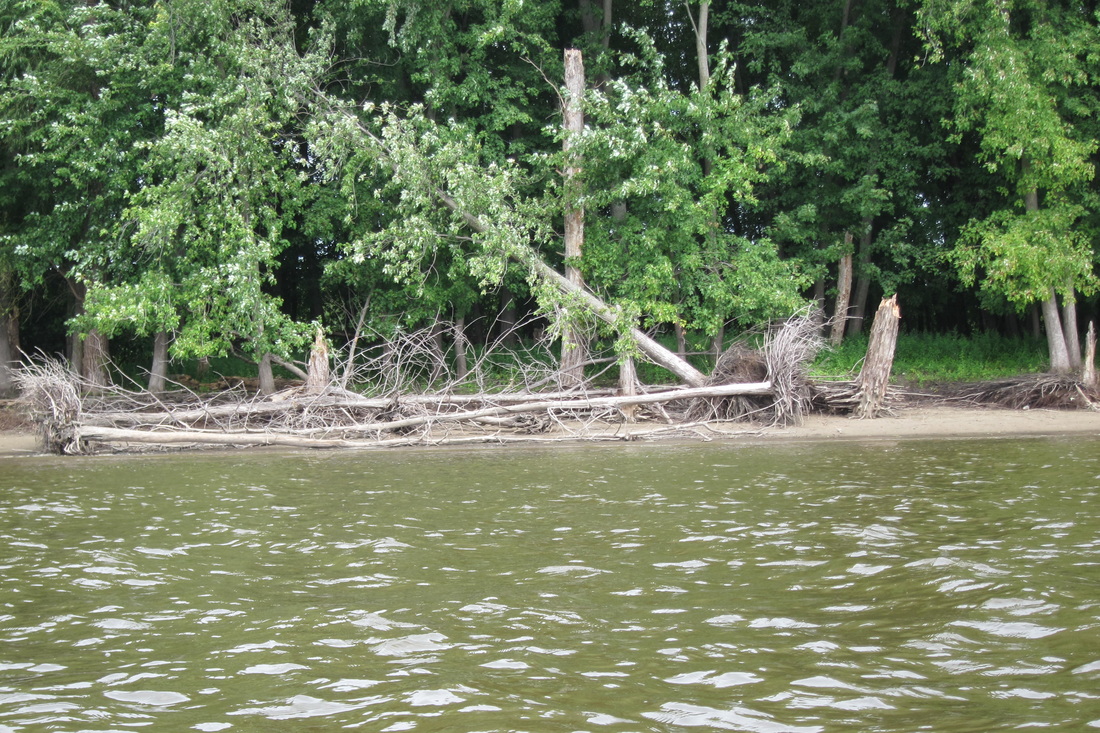
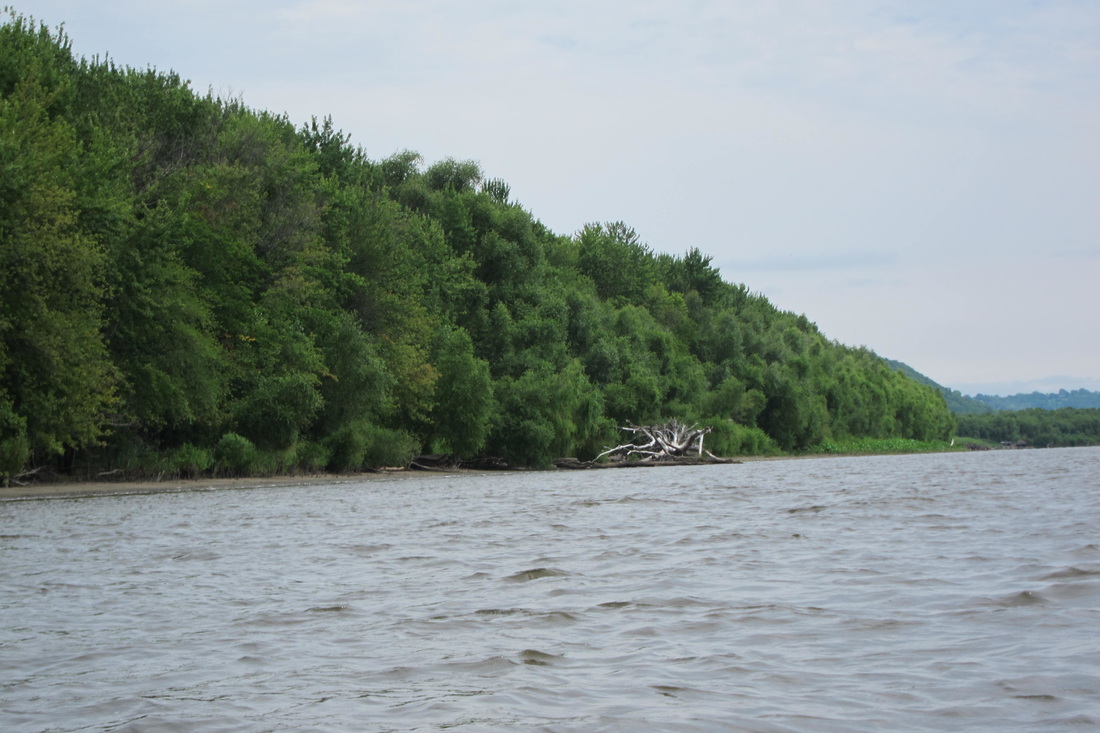
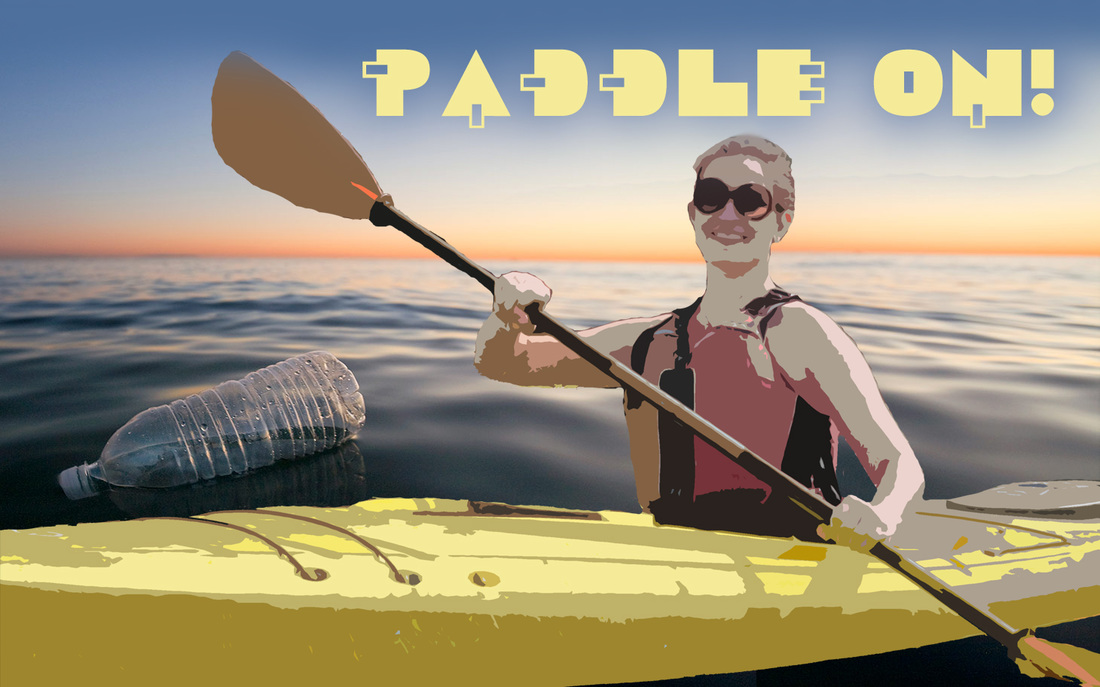
 RSS Feed
RSS Feed
